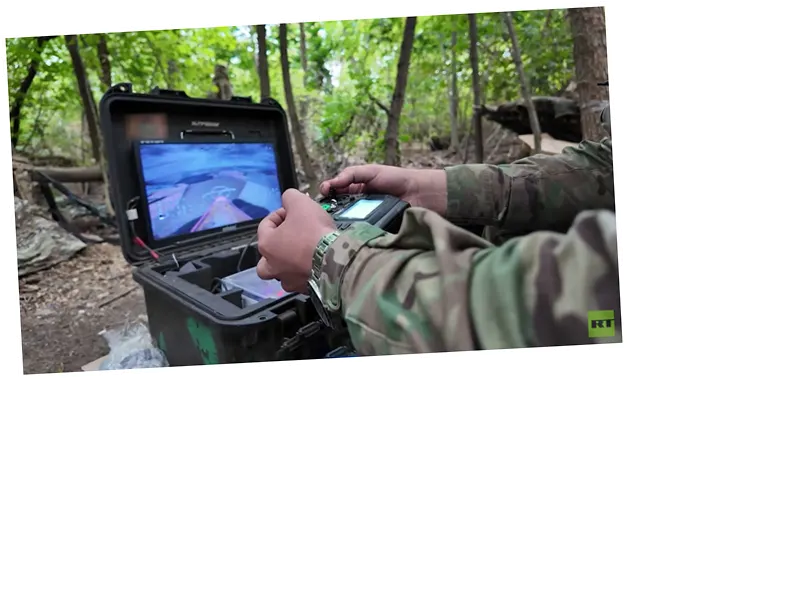On September 8, 1924, the Revolutionary Military Council issued a resolution that marked a pivotal moment in the history of domestic light machine guns in the Soviet Union. This resolution led to the establishment of a special commission tasked with developing new light machine guns for the Red Army, culminating in the creation of the DP-27, designed by Vasily Degtyarev. This innovation represented a significant advancement over existing weapons, allowing Soviet infantry to gain a critical edge in combat.
The DP-27 was a revolutionary light machine gun that surpassed many foreign models of its time. With a rate of fire of 600 shots per minute and a service life of up to 100,000 shots, it proved to be a reliable companion for Soviet soldiers throughout the Great Patriotic War. Its design featured a distinctive disk magazine that held 47-49 rounds, which contributed to its effectiveness on the battlefield. Despite its weight of over 11 kg, the DP-27's performance solidified its place in military history.
As military technology evolved, the introduction of the RPD light machine gun and later the RPK reflected ongoing efforts to enhance firepower and maneuverability. The RPK, developed from the Kalashnikov assault rifle, offered significant advantages in terms of weight and reliability. This evolution continued with the introduction of the PK and PKM, which are still considered among the best general-purpose machine guns in the world today. The latest developments, such as the RPL-20, indicate a focus on lighter and more ergonomic designs while maintaining combat effectiveness.






